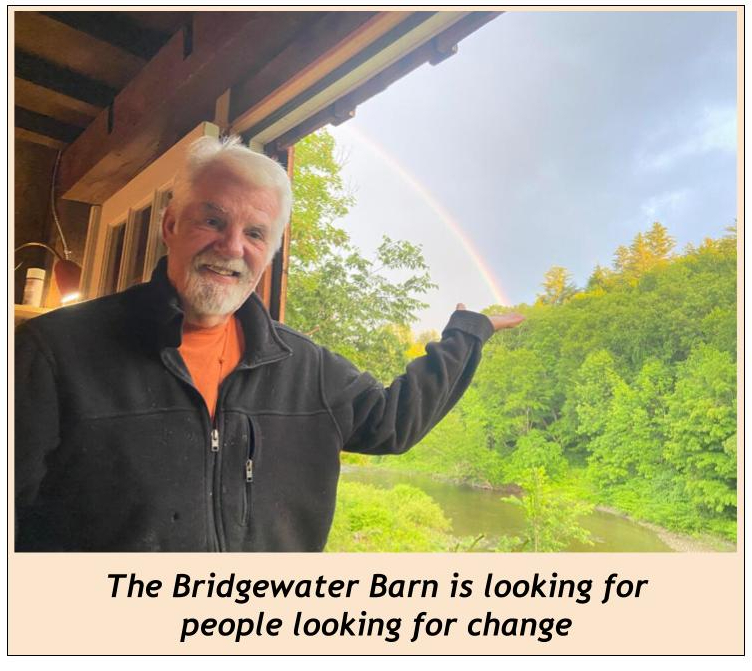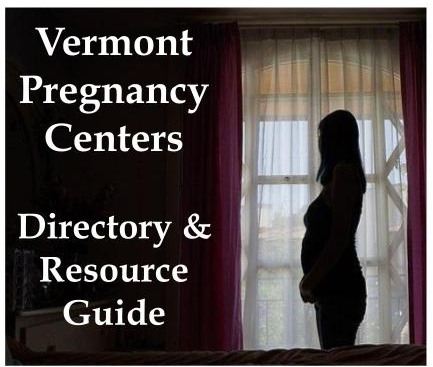In the 1800s, Brookfield had 100 dairy farms. Now there are two.

By Harrison Gaylord, Community News Service
Fourth generation farmer Keith Sprague, 52, has watched the dairy farms around him in Brookfield disappear. In the 1800s, the town had 100 dairy farms. Today, two are left, according to Sprague.
He gave a presentation on Sept. 9 about the history of farming in Vermont and in Brookfield, in particular, where he has operated his family’s dairy business since 1995. Before that, Sprague worked as an engineer for several years.
For his talk, he said, he studied publications on the history of farming in Vermont and interviewed previous generations of farmers in Brookfield. He wanted to answer the question: What was the cause of Vermont’s farming decline?
During the dairy heydays, Brookfield had two cows for each person. In 2023, two people exist per cow, Sprague said. While farms have disappeared, those remaining have consolidated. When Sprague took over Sprague Farm as an owner in 2000, he was milking 100 cows. Now, the operation has 700 cows.
The first stage of Vermont farming was the self-sufficient era, Sprague explained during a recent interview. Dairy farms, along with chicken farms, were hyperlocal and independent, he said. Farms slowly became commercialized, and farmers started to specialize.
Sheep farms first filled Vermont. The stone walls throughout the state are remnants from the sheep farm era.
Cow-milking operations proliferated next, mostly producing butter from Jersey cows. Then, Holstein cows dominated. They produced less butterfat and protein but made more milk, so they kept up with growing demand for fluid milk, Sprague said.
During the mechanical revolution, farmers switched from using cans for milk storage to tanks. Many farms could not keep up with the technology needed for this change or did not adapt to new methods and got out of the dairy business, Sprague said. The mechanical era left only 20 farms out of the 100 that had dotted the Brookfield landscape.
The 2020s brought the technology phase, Sprague continued. Computers run every aspect of the farm business today. More farms have disappeared, and only two remain in Brookfield. Farms either followed trends or were left behind, he said
Sprauge credited his farm’s endurance with old-fashioned good manners. He was “taught at a young age to be considerate of my neighbors and treat them … the way I would want to be treated,” he said. Sprague’s family — “my parents, as well as my uncle Gordon and Aunt Bette” — also adapted to anticipated changes in technology in order to remain in business.
Other Vermont dairy farmers who have done the same have managed to last, as well, he added.
“Vermont is still a huge industry giant,” Sprague said. “It just looks different.”
The Community News Service is a program in which University of Vermont students work with professional editors to provide content for local news outlets at no cost.
Categories: Agriculture








My grandfather was a fourth generation dairy farmer until onerous state regulations forced him out leaving only the mega dairy farms, sad.
Yes, let us all listen to the liberals, and destroy all the farms and we’ll be eating and drinking faux meat & milk………………………..supplied by Bill Gates and his cronies !!
Just think Vermont used to have thousands of daily farms, with no or little regulations and we had no pollution problems, then liberals started all the nonsense !!
Now Farting cows are a concern, not Russia, China, and India which are polluting every day with no ramifications from the left……………so they are either hypocrites or fools…………………………..